You’ve spent hours drafting query letters. You have suffered through rejections.
Finally, after almost giving up, a literary agent has expressed an interest in representing you and your book.
She has sent you a contract, perhaps in the form of a letter. You read it over and notice a few things in it you don’t like, as well as some terms you don’t understand.
Can you change the things that you don’t like?
How can you get an explanation of what you don’t understand?
Agency agreements: What you should know
As an attorney who has helped writers work through contract issues, I’ve seen many agent agreements and I’ve developed a sense of how to guide writers through the process.
Here’s what you need to know before signing a contract with an agent.
1. Consider the terms carefully
Proposed contracts with agents are just that — proposed. They are not set in stone. They can be changed; terms can be negotiated.
When an agent sends you a contract, it is written to benefit the agent. Until it is signed, the agent is not looking out for your best interest. She’s looking out for her own best interest.
Once the contract is signed, the agent will be working for you to obtain the most beneficial terms possible from the publisher. Until then, you must look out for yourself.
You may hesitate to question the contract terms you are being offered when you’ve worked so hard just to get the offer. It’s understandable to worry about losing the representation offer entirely if you ask about or request changes to the agreement. All the same, your questions should be answered to your satisfaction before you sign the contract.
By signing, you are beginning a relationship that could last a long time. In some cases, the relationship lasts for the life of the copyright of the work — and that can be up to 70 years after you have died.
If the agent balks at answering your questions or fails to respond respectfully to your request for changes, she may not be the best person to work with you. (Note: I’m not saying the agent must agree to the changes you request, only that the contract negotiation process must be respectful.)
2. Ask your potential agent these questions
Make sure that this agent is the right one for you by asking questions, like these suggested by the Association of Authors’ Representatives, a membership organization for agents.
Ask to speak with her other clients. Has she represented writers like you? (Debut, previously self-published, multi-genre, etc.) Why did the agent select you? What is it about your work that looks promising?
Hopefully, you did your research before you sent out query letters and you know that this agent has experience in your genre.
Do not assume the agent works in your genre. It may be that she is looking to broaden her book of business. If that’s the case, you need to decide whether you want to be her test case.
On one hand, being represented by a new agent (or an agent new to a genre) may give you the benefit of her unbridled enthusiasm. On the other hand, she may not have the contacts needed to land a publishing deal.
You need to understand the role the tagent will play in your career.
- What help will she provide in developing your book?
- How will the agent work with (monitor) the publisher?
- Will she play a role in the editing of the book? What about cover design?
- Will the agent be involved in the marketing your book after it is published?
Once you understand what the agent is going to do for you, you can scrutinize the contract to see if the agent’s promises are in it.
3. Understand these contract provisions
Here are a few provisions you’re likely to see in your contract, plus what they mean for you.
The “Work”
The “Work” being represented is the first definition in the contract. Agents require that they be appointed as sole and exclusive representatives of the Work. If the contract is for representation of one book only, clarify that you are under no obligation to submit any further work to the agent and are free to use another agent or no agent for your next book.
The definition of the Work clarifies the scope of the contract. The agency agreement should be clear on your freedom to create derivatives of the Work that are not subject to the agent’s representation. A derivative is a piece that is based on or derived from the Work that is the subject of the contract.
This clarity is particularly important for a non-fiction writer. If your book is about your life’s passion or expertise, you do not want to be locked into a contract that requires you to pay the agent a percentage of everything you do, write or say about that passion from that point forward.
Tip: If the definition of the Work is vague, ask to have it tightened up to reflect your understanding that your entire body of work that exists now and in the future is not part of the deal. If the relationship is a good one, the scope of the contract can be broadened later.
“Subsidiary rights”
The goal of having an agent is to secure a publishing contract to produce a printed volume in the English language. But there is a host of other rights encompassed in the representation agreement and ultimately in any publishing contract.
Often the subsidiary rights, the right to produce the same material in different formats, are not defined. It is to the agent’s benefit to keep the term vague.
Subsidiary rights can include foreign publication rights, first and second serial, motion picture, television, radio, audio, dramatic performance, abridgments and all other rights broken down by geographic territory. The key is to understand which rights you are giving to the agent for representation.
Tip: List exactly which subsidiary rights are included in the representation agreement to eliminate any ambiguity in the contract.
Remember that you have control over your own rights and you can divide them between different agents, especially if an agent specializes in a particular type of transaction and not others.
Tip: Keep the subsidiary rights to the minimum generally required by a publishing contract: audio, foreign, first and second serial. Again, if things are going well or a publishing contract calls for it, you can always broaden the contract with the agent.
“Best efforts”
“Best efforts” means that the agent is going to work hard on your behalf to secure a publishing deal. But without detailing the specifics, the best efforts clause is toothless. The contract should outline what the agent is going to do:
- Review the author’s work
- Provide editorial guidance
- Develop a strategy for publication
- Be an advisor on the publishing industry
- Market the work and the rights to appropriate publishers
- Monitor the royalties
Tip: Include an accountability clause in the contract. This requires the agent to report regularly and to document the efforts made on your behalf.
The termination provision
If the agency relationship is no longer working out, you will want to end it. Agent contracts can last from 30 days to the life of the work’s copyright.
However, an agent needs to be given enough time to sell the book. The gears of publishing turn slowly, even in the digital age.
An author must be able to terminate the agency agreement if the agent fails to use her best efforts, or if the agent secures a print publication deal and then chooses to “sit on” or not actively seek exploitation of the remaining rights in the contract.
If an agent fails to use her best efforts to secure a deal or sell the subsidiary rights, you will have a difficult (if not impossible) time finding another agent to help you exploit those rights unless you can end the contract with the first agent.
Tip: If you sign a long-term representation agreement, ask for a provision that allows termination if the work hasn’t sold after a certain period of time — a year, for example.
4. Know the importance of the agent relationship
Agents have relationships with publishers that you do not have. You are paying them a percentage of your sales because of who they know.
You are also paying them to negotiate with the publisher on your behalf. Should a deal arise, there will be critical terms to work out between you and the publisher. Agents have knowledge and experience that you may lack.
Knowing what to expect (and what not to expect) in the relationship between you and your agent and understanding the contract that defines that relationship will help ensure a successful business partnership.
Are you looking for a literary agent? What questions do you have about what should be in your contract?
While Kathryn is a lawyer, this post does not constitute legal advice. For specific advice, please see a legal professional.
This is an updated version of a story that was previously published. We update our posts as often as possible to ensure they’re useful for our readers.
Photo via Amnaj Khetsamtip/ Shutterstock
The post Signing With a Literary Agent? Here’s What Should Be In Your Contract appeared first on The Write Life.
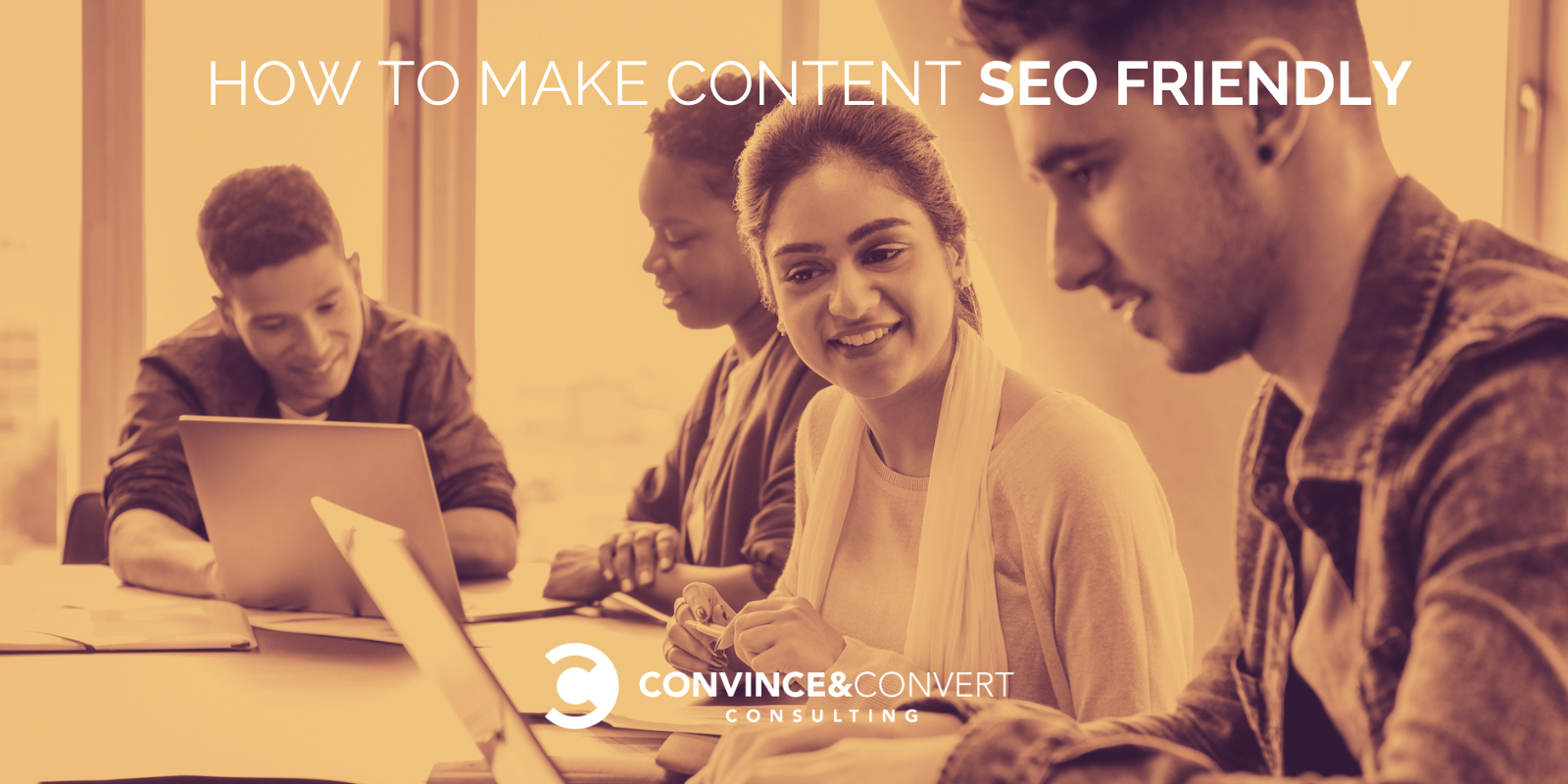
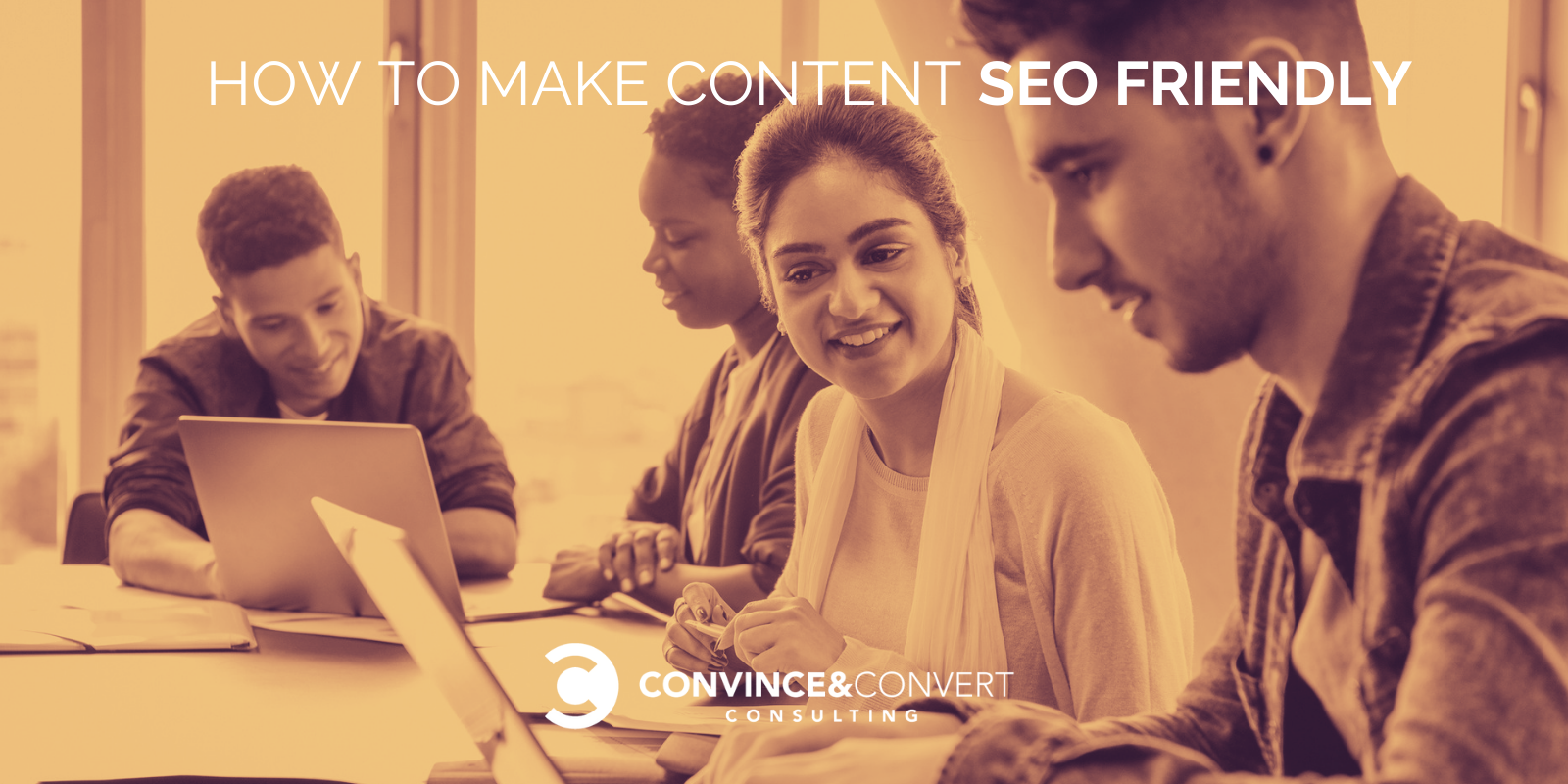










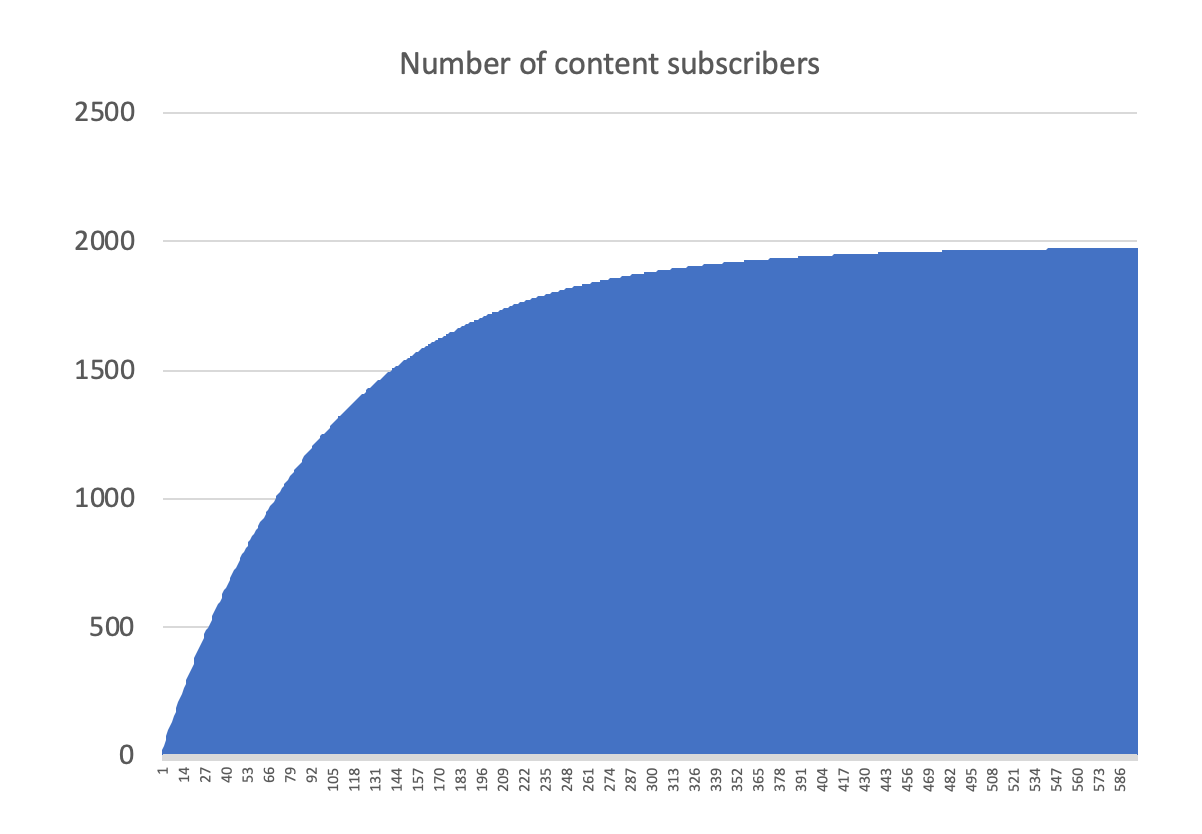
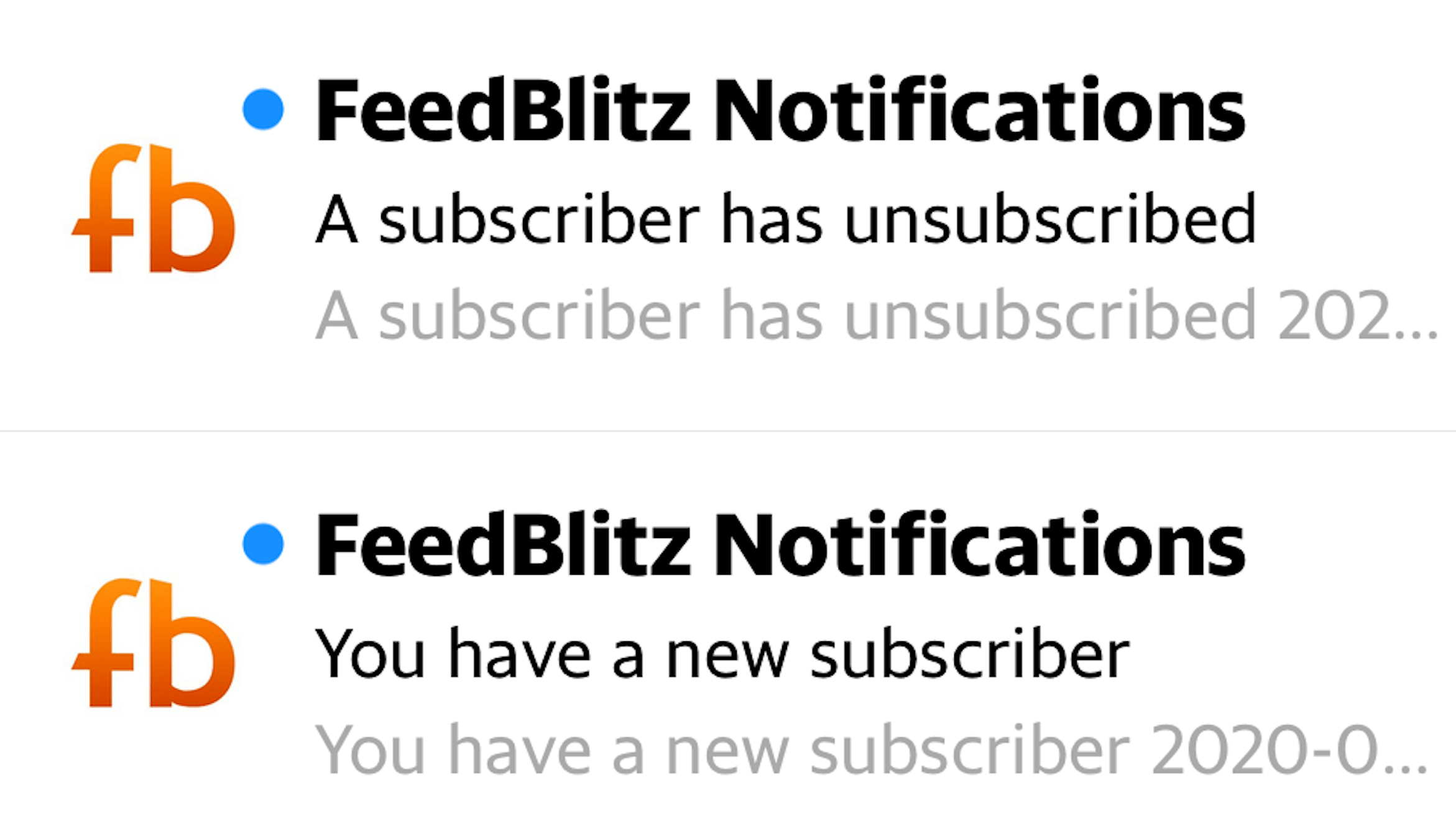
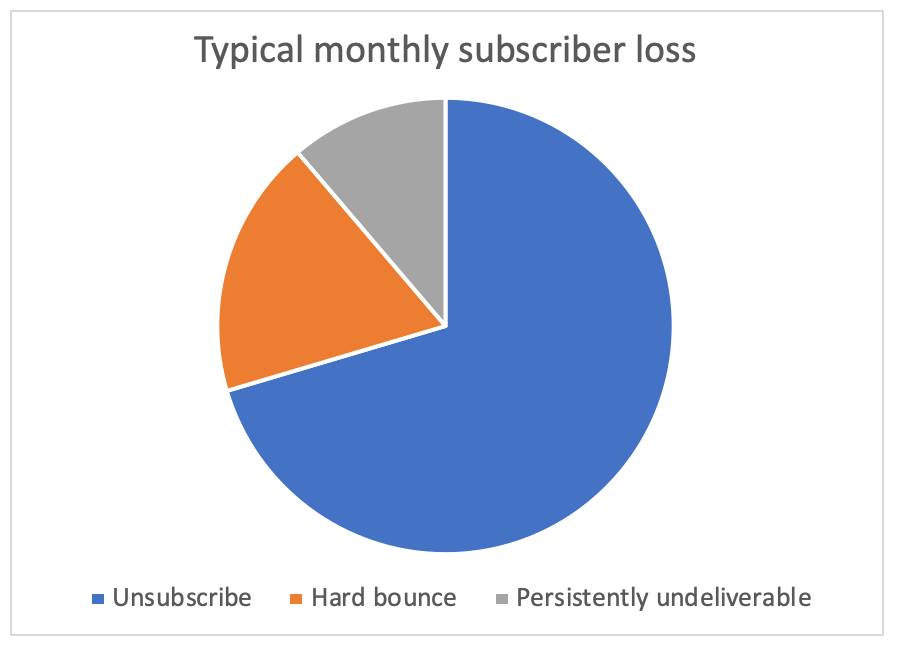
 Mark Schaefer is the chief blogger for this site, executive director of Schaefer Marketing Solutions, and the author of several best-selling
Mark Schaefer is the chief blogger for this site, executive director of Schaefer Marketing Solutions, and the author of several best-selling